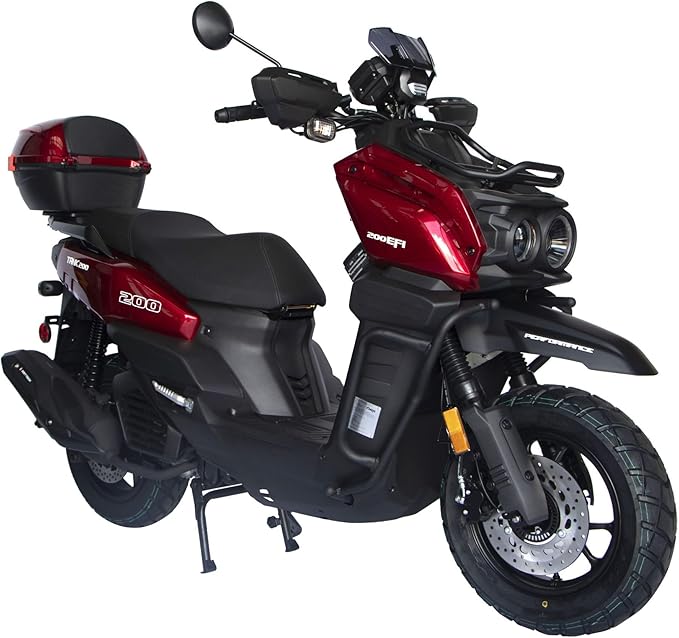Understanding Large-Displacement Motorcycle Scrapping Standards and Options
1. How Many Years Before Large-Displacement Motorcycles Must Be Scrapped?
Motorcycles are a common mode of transportation, and many enthusiasts enjoy riding large-displacement models. However, in China, specific scrapping standards apply to all motorcycles, including imported and domestic ones. According to the country’s “Regulations on Compulsory Scrap Standards for Motor Vehicles”, these rules dictate when motorcycles must be retired:
- Three-wheeled motorcycles: Mandatory scrapping after 12 years.
- Other motorcycles: Mandatory scrapping after 13 years.
- Mileage limit: Any motorcycle, regardless of type, must also be scrapped if it accumulates over 100,000 kilometers of mileage.
2. Why Are Large-Displacement Motorcycles Subject to Scrapping?
Large-displacement motorcycles, known for their high-quality construction and powerful engines, are more robust and durable than standard motorcycles. Some enthusiasts argue that these motorcycles, often found in old car clubs in Europe and the U.S., could remain functional for decades. So, why enforce scrapping?
The scrapping policy primarily exists to ensure road safety. While large-displacement motorcycles are more durable, the wear and tear from prolonged use—especially over 10 years—poses risks to riders and other road users. The policy also aims to reduce emissions and ensure compliance with updated safety and environmental standards.
However, with advancements in motorcycle technology and durability, there’s hope that these regulations may evolve in the future.
3. What Can You Do With a Large-Displacement Motorcycle Nearing Its Scrapping Deadline?
When a large-displacement motorcycle reaches its 13-year scrapping limit, even if it’s in excellent condition, it can no longer be legally driven on the road. Here are three options to consider:
- Sell It
If your motorcycle still has some years left before scrapping, selling it second-hand can minimize financial losses. Many enthusiasts prefer buying used large-displacement motorcycles due to their value retention and quality. - Convert It for Track Use
Once scrapped for road use, you can modify the motorcycle for track racing or recreational use. Track bikes don’t require a license plate or pass annual inspections, making this a popular option for riders who enjoy high-speed fun off public roads. - Keep It as a Collector’s Item
If you’re deeply attached to your motorcycle, consider keeping it as a collectible. Certain models, like cruisers, have high sentimental and aesthetic value. Displaying them in your garage can be satisfying for passionate collectors.
Final Thoughts
Large-displacement motorcycles represent a significant investment for enthusiasts. While scrapping regulations may seem restrictive, exploring options like selling, track conversion, or collection ensures these beloved machines continue to serve a purpose beyond their road life.

